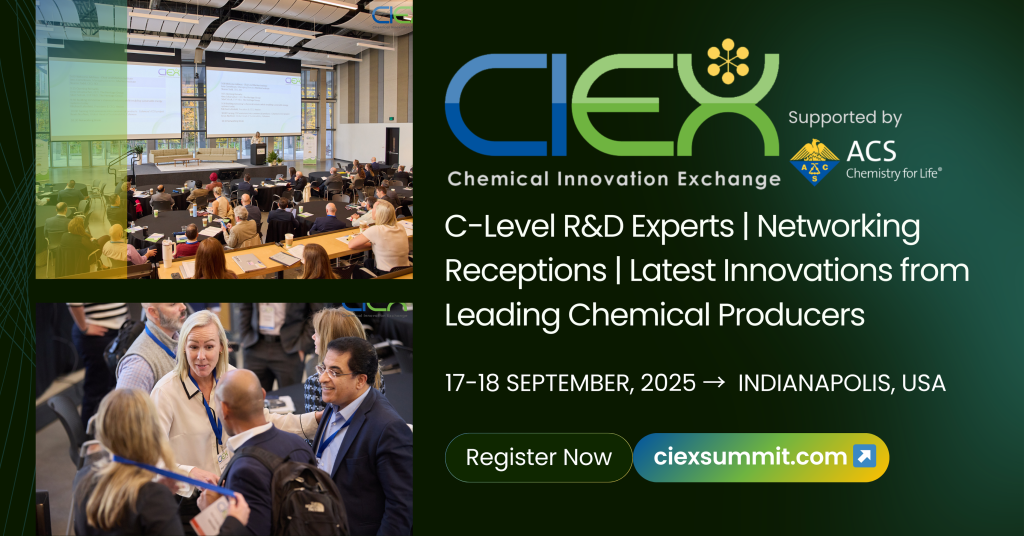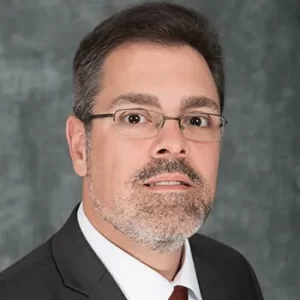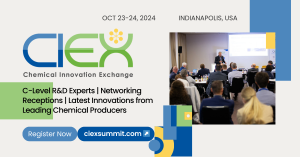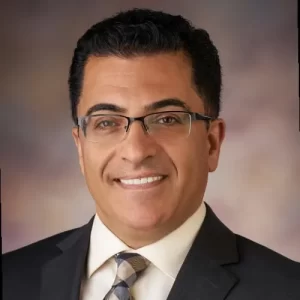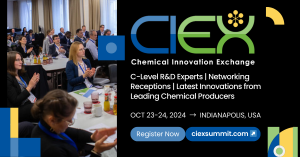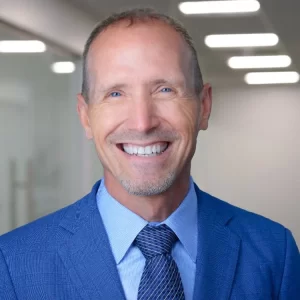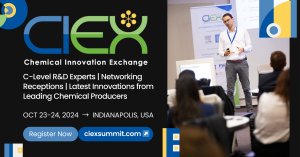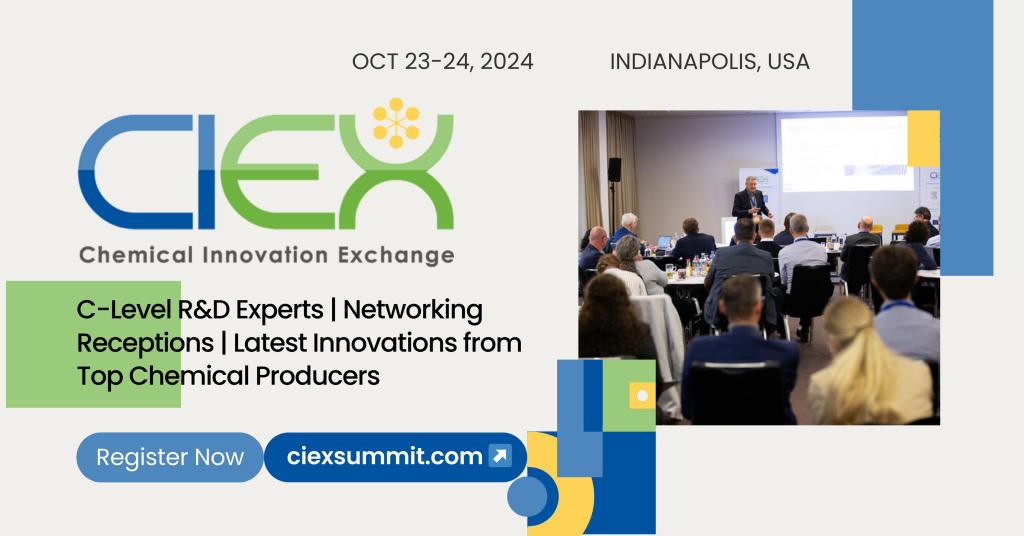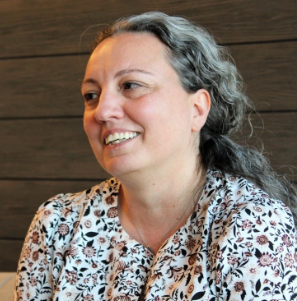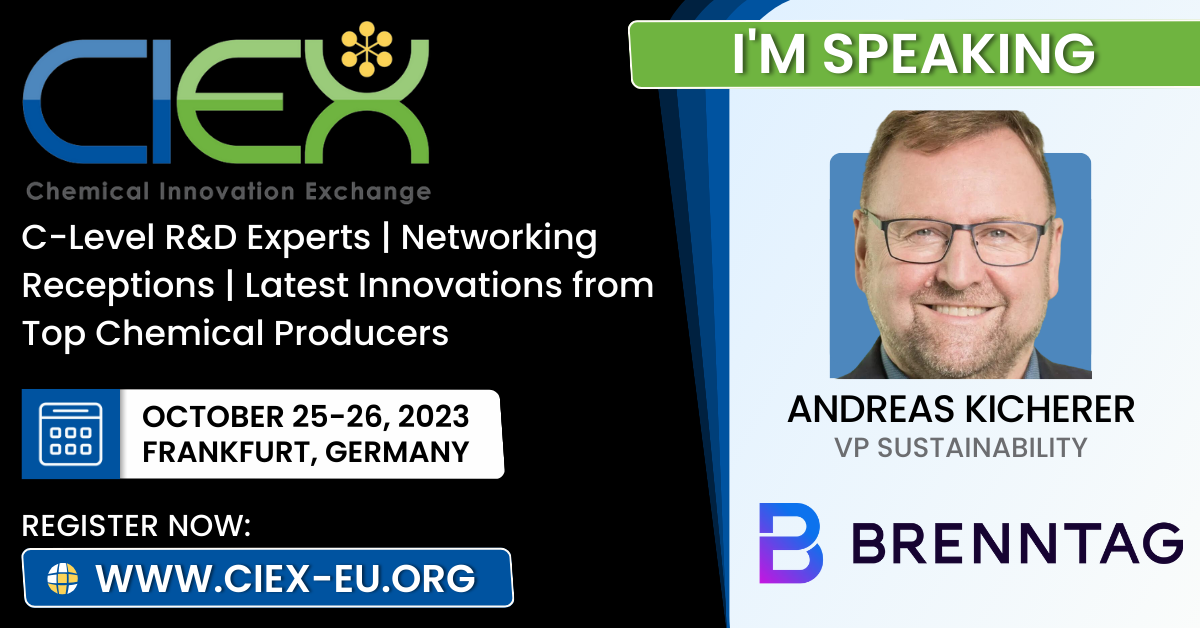Revolutionizing the Chemical Industry: How Dow Is Embracing Digital Transformation
Narayan Ramesh, Senior Core R&D Director, Dow
The 2024 CIEX North America conference in Indianapolis was an exceptional gathering of thought leaders, innovators, and professionals from the chemical industry. The conference fostered dynamic discussions on key trends and technologies shaping the future of chemical innovation, sustainability, and digital transformation. Among the standout sessions was a presentation by Narayan Ramesh, Senior Core R&D Director at Dow, who shared insights into how digital tools and data-driven strategies are revolutionizing Dow’s approach to materials science and sustainability.
In our 2024 recap, we’re excited to offer a summary of Narayan’s presentation. Read on or click the link below to listen to the full audio presentation.
Narayan Ramesh, Senior Core R&D Director, Dow
As industries around the world strive to reduce their environmental impact and enhance operational efficiency, the integration of digital technologies into traditional chemical processes is playing a critical role. At the core of Dow’s digital strategy is the use of AI and machine learning models to accelerate material innovation and process optimization.
Narayan explained that digital tools enable Dow to design and test materials at a much faster pace than traditional methods. “By using advanced algorithms and simulations, we can predict material properties and behaviors before they are even synthesized.” This approach not only accelerates the R&D process but also significantly reduces the cost and time needed for testing and prototyping. “We can predict material properties and behaviors before they are even synthesized.”
Through the use of high-throughput data analysis, Dow can now simulate and model entire product lifecycles, enabling the company to identify the most sustainable materials early in the design phase. This digital approach is transforming the way Dow develops and manufactures products, ensuring that sustainability is woven into the fabric of innovation from the outset.
AI and Big Data’s Role in Optimizing Chemical Production
One of the most impactful applications of digital transformation at Dow is in the optimization of chemical production processes. Narayan discussed how Dow is using big data and AI models to improve operational efficiencies in its manufacturing plants. Through real-time data collection and analysis, Dow can make instant adjustments to processes, ensuring maximum efficiency and minimal environmental impact.
He highlighted Dow’s use of predictive maintenance models, which analyze sensor data from equipment to predict failures before they occur. “By using AI-driven predictive models, we can anticipate potential breakdowns and proactively address them,” he explained. This not only reduces downtime and maintenance costs but also ensures that production processes are running smoothly and sustainably. “By using AI-driven predictive models, we can anticipate potential breakdowns and proactively address them.”
The Role of Digital Transformation in Sustainability Goals
Sustainability is a cornerstone of Dow’s innovation strategy, and digital transformation plays a key role in achieving the company’s sustainability goals. Narayan emphasized that through data analytics and digital tools, Dow is able to develop more sustainable materials and reduce its carbon footprint. For example, digital modeling allows Dow to create lighter, stronger materials that require fewer resources to produce, reducing energy consumption and emissions in the process. Narayan: “The ability to simulate the entire lifecycle of a product helps us make smarter decisions that lead to more sustainable outcomes.”
Regulatory Challenges and the Need for Collaborative Innovation
Despite the significant advancements Dow is making in digital transformation and sustainability, Narayan acknowledged the challenges that remain, particularly in terms of the regulatory landscape. The rapidly evolving landscape of sustainability regulations, especially around carbon emissions and material use, requires a flexible approach to innovation.
“Regulatory environments are changing quickly, and it’s important that industry leaders like Dow work collaboratively with regulators and other stakeholders to ensure that new technologies can be adopted and scaled.”
This collaboration will be essential in overcoming barriers and driving wider adoption of digital solutions in chemical production. Additionally, Narayan discussed the importance of industry-wide collaboration in tackling the sustainability challenges facing the sector. “Collaboration is key to driving meaningful change. By working together with our partners and customers, we can ensure that digital transformation delivers the greatest value for all,”
The Economic Case for Digital Transformation
One of the key takeaways from the presentation was the economic case for digital transformation in the chemical industry. The cost savings achieved through operational optimization, reduced energy consumption, and waste reduction are significant drivers of Dow’s digital strategy. Narayan highlighted that while digital technologies require upfront investment, the long-term savings and benefits far outweigh the costs. “Digital transformation is not just about improving efficiency; it’s about creating value. By reducing energy consumption, improving process reliability, and enhancing product performance, we can deliver economic benefits while also achieving our sustainability goals.”
Conclusion
Digital transformation in the chemical industry is reshaping the landscape, with companies like Dow leading the way in harnessing technology to drive innovation and sustainability. By leveraging AI, machine learning, and big data, Dow is transforming the way it designs, produces, and delivers materials. The integration of these digital tools allows Dow to not only improve its operational efficiency but also make meaningful strides toward achieving its environmental sustainability targets.
As the chemical industry continues to evolve, digital transformation will be a key enabler of future innovations. By fostering collaboration, embracing new technologies, and ensuring that sustainability remains at the core of its operations, Dow is poised to help shape the future of chemical production.
The CIEX conference is the place to establish new collaborations, connect with potential partners, and expand your network!
Join us at CIEX 2025 – Chemical Innovation Exchange Summit on September 17 & 18, 2025, to hear from and engage with industry leaders, global experts, and innovative thinkers from around the world.
CIEX is designed for C-level R&D, Innovation, and Sustainability experts from the consumer, industrial, and specialty chemical sectors. Keynote presentations, panel discussions, round tables, and one-on-one meetings give you every opportunity to connect with the chemical leaders of today and tomorrow.
Get your early-bird ticket today! Limited availability!

